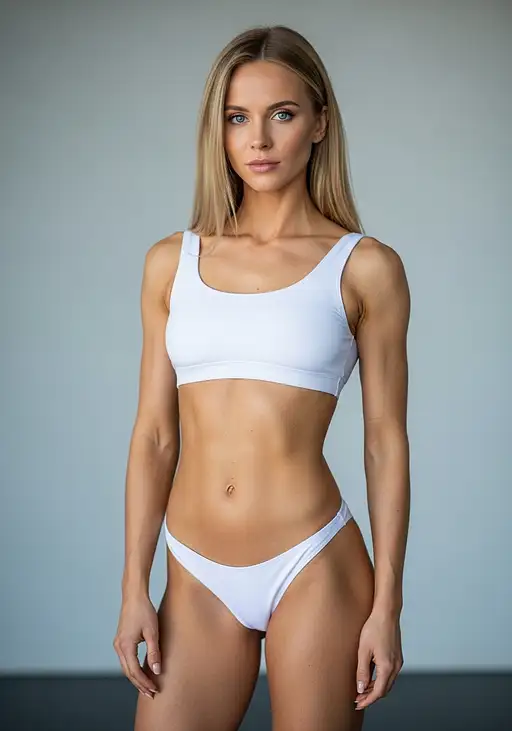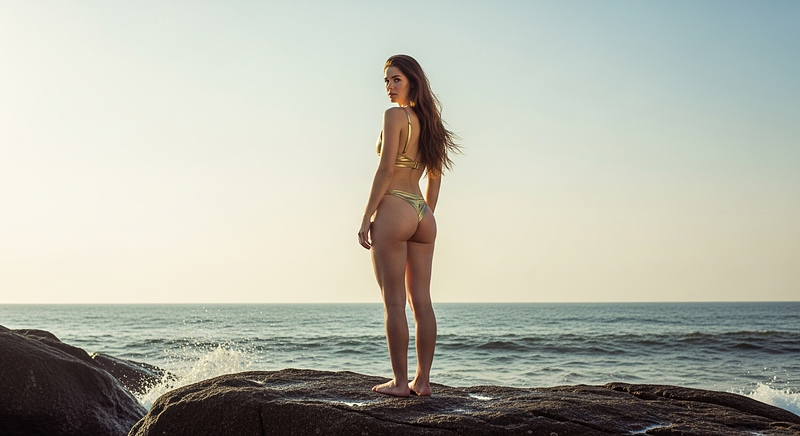4 months ago
{
"subject": {
"gender": "female",
"ethnicity": "ambiguous / mixed",
"age": "20s",
"expression": "neutral",
"pose": "frontal, centered, straight-on gaze",
"makeup": {
"base": "dewy natural finish",
"lips": "natural pink gloss",
"eyes": "neutral tones with defined lashes",
"brows": "natural, softly defined"
},
"hair": {
"style": "center part, low loose bun",
"color": "dark brown"
},
"wardrobe": {
"top": "oversized high-neck leather jacket",
"material": "matte caramel-brown leather",
"style": "futuristic, sculptural collar"
},
"accessories": [
{
"type": "sunglasses",
"style": "oversized square frame",
"color": "glossy brown",
"lens": "dark gradient"
}
]
},
"camera": {
"brand": "Canon",
"model": "EOS R5",
"lens": "85mm f/1.2",
"aperture": "f/1.8",
"shutter_speed": "1/250",
"iso": "100",
"white_balance": "daylight"
},
"lighting": {
"type": "softbox",
"placement": "frontal, high-angle",
"temperature": "5600K",
"intensity": "medium",
"shadows": "minimal, soft falloff"
},
"environment": {
"background": "plain white studio wall",
"style": "high fashion editorial",
"color_palette": ["caramel", "tan", "white", "brown"],
"mood": "sleek, modern, bold"
},
"post_processing": {
"style": "fashion retouching",
"grain": "subtle film grain",
"contrast": "slightly elevated",
"sharpness": "high",
"skin_smoothing": "light, natural finish"
},
"O": {
"studio": "O",
"platform": "TikTok"
}
}


